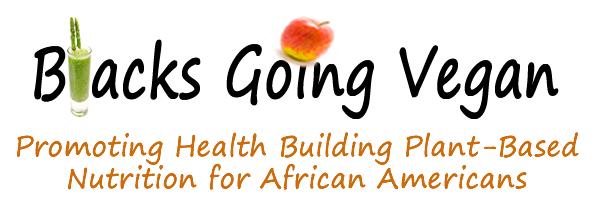Lower Your Sodium and Lower Your Risks
Tracking down the salt in food with Professor Saul T.
Too much sodium increases your risk for high blood pressure, and high blood pressure is the leading cause of heart attack and stroke. By taking the right steps to reduce your sodium intake, your blood pressure can begin decreasing within weeks.
About 90% of Americans eat more sodium than is recommended for a healthy diet. Six in 10 adults should aim for 1,500 milligrams a day; others for 2,300 milligrams.
Sodium adds up, and sodium levels in the same food can vary widely. Fat free chips can have 180 milligrams per ounce; white bread, up to 230 milligrams per slice; ready-to-eat cereal, 250 milligrams per cup; chicken breast with added solution, up to 330 milligrams per 4 ounces.
Foods that you eat several times a day can add up to a lot of sodium, even if each serving is not high in sodium.
Read Nutrition Labels to Find the Lowest Sodium Options
A bowl of regular chicken noodle soup can have 840 milligrams of sodium, but lower sodium chicken noodle soup can have 360 milligrams of sodium. Most of the sodium we eat comes from foods prepared in restaurants and processed foods (not from the salt shaker).
Tips You Can Use to Reduce Sodium
- Choose fresh, frozen (no sauce), or no salt added canned vegetables;
- Know terms that commonly indicate higher sodium content, like pickled, cured, brined, and broth;
- Follow the Dietary Approaches to Stop Hypertension (DASH) eating plan at http://go.usa.gov/p3C.
For more tips on reducing sodium in your diet, visit http://go.usa.gov/YJxF.
This infographic is brought to you by Million Hearts.
Category: Veganism and African Americans


























